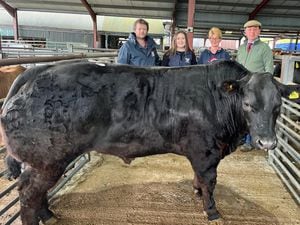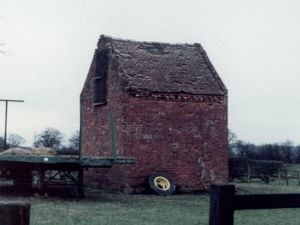Shropshire Farming Talk: Soil conditioners repair structural damage after maize
Farmers concerned about their soil structure after maize crops are encouraged to plant cover crops and use soil conditioners to improve soil health and prevent environmental damage over the winter period.

Stephen Townsend, technical sales specialist at Timac Agro UK, said: “Maize is one of the most soil-damaging crops to grow because of the lack of cohesion left in the soil once the crop has been harvested.
“Maize is a deep rooting crop. This means at a surface level there is no root structure holding the soil together.”
This lack of structure combined with a late harvest window makes soils very susceptible to run-off and leaching if left bare over the winter.
“An afternoon of heavy rain can wash away centimetres of hard-earned topsoil and nutrients into local watercourses,” added Mr Townsend.
“It can take years to rebuild the topsoil, which is why a cover crop is so beneficial.
“Following maize, I recommend getting a shallow and fast-growing crop like Italian Ryegrass combined with, ideally, a deep rooting legume, such as sainfoin, vetch, lucerne or red clover, planted as soon as possible as these need some soil warmth to establish.
“This will help secure nitrogen in the soil, prevent run off and nutrient leaching.”
To get the crop off to the best start, Mr Townsend also advises applying a soil conditioner that has active calcium in it, such as Physiolith Bio, as calcium is proven to help bind clay to humus, helping to make more stable soil aggregates.
“Aggregated soil is better equipped to resist damage from rain runoff, wind erosion and compaction, while also enabling good drainage and moisture retention.
“Well structured aggregates also allow air into the soil to encourage a healthy root system,” he says.
Mr Townsend explained that using a soil conditioner will also help buffer soil pH and stimulate early rooting and germination.
He said: “Depending on when maize is harvested, cover crops could be planted into cooler soils, which will also benefit from having an extra fertility boost from using a soil conditioner.
“Whether maize is being grown continuously or as part of a conventional crop rotation, it’s always worth considering what you can do to protect your soils when growing a disruptive crop.”





